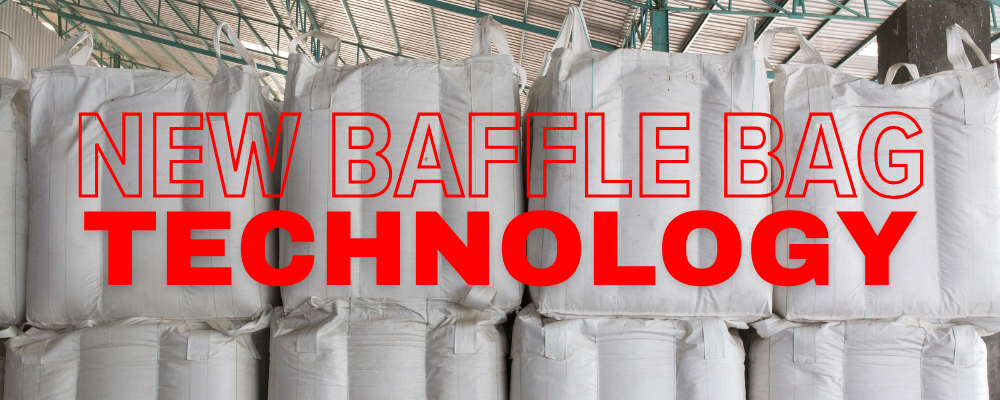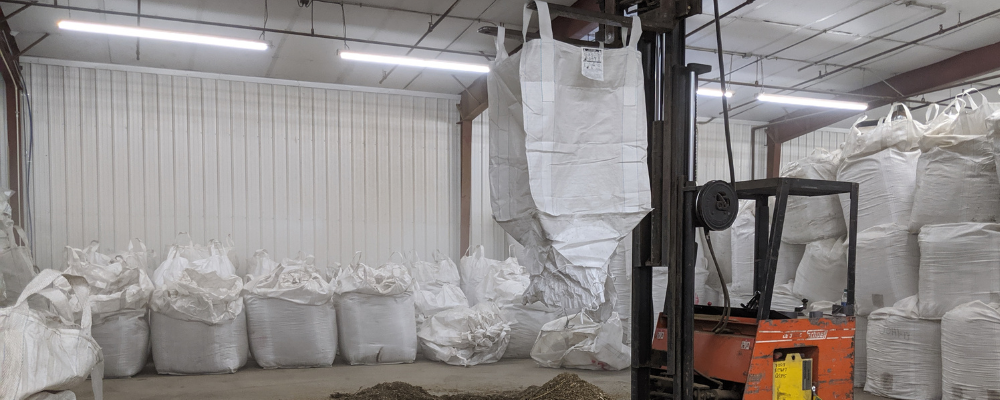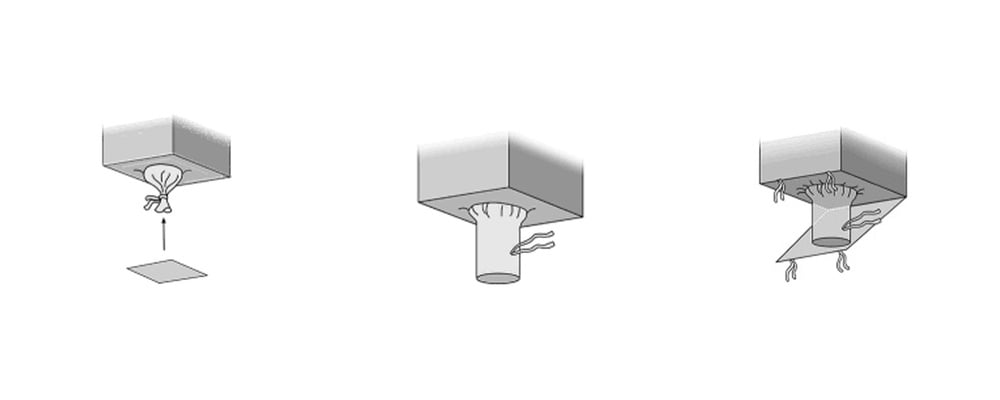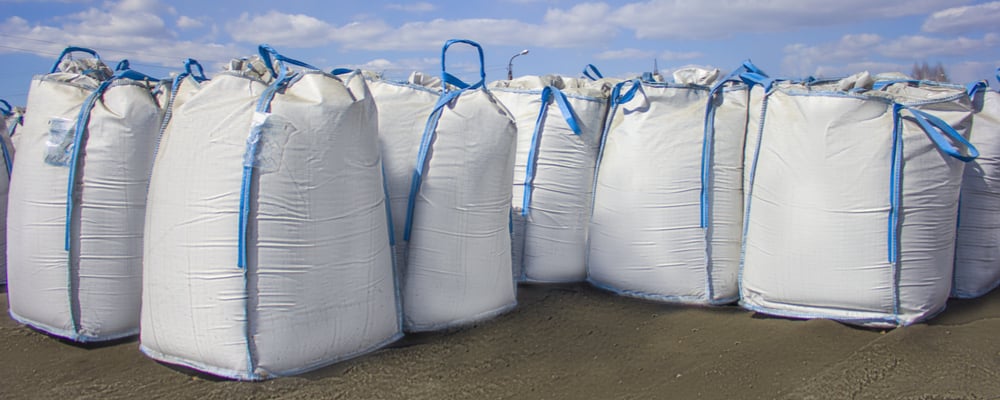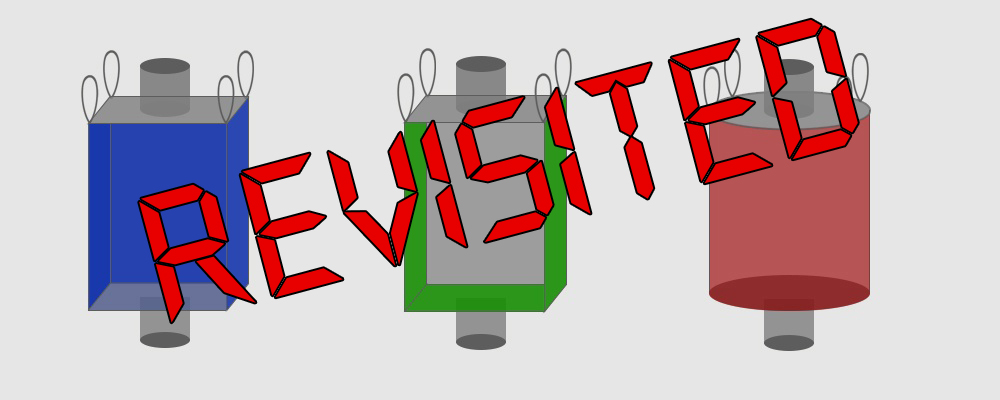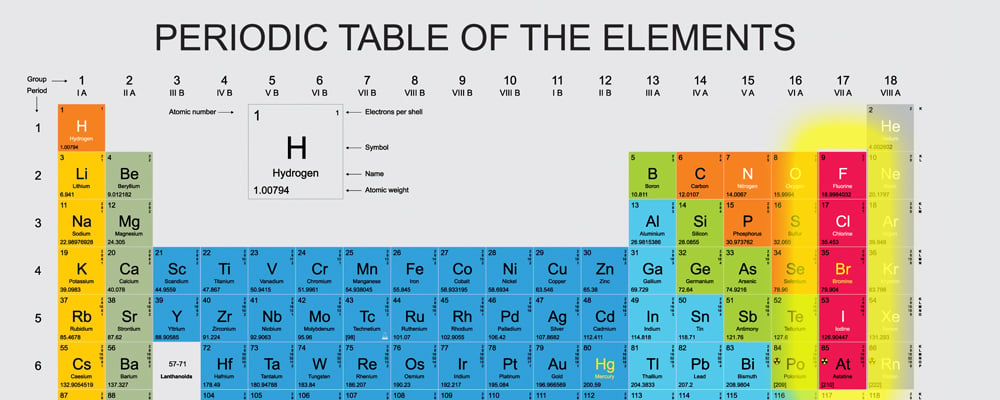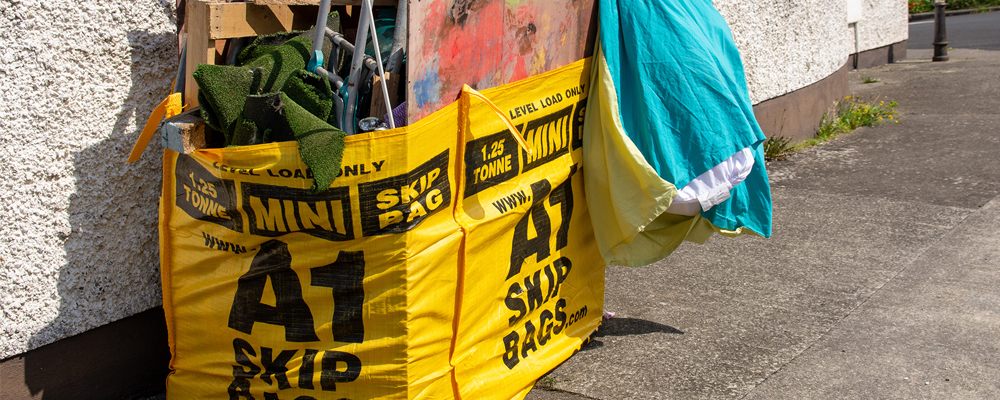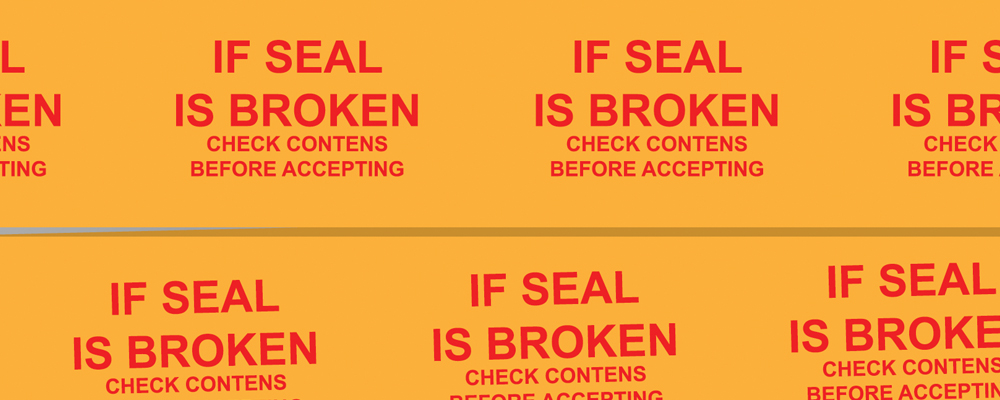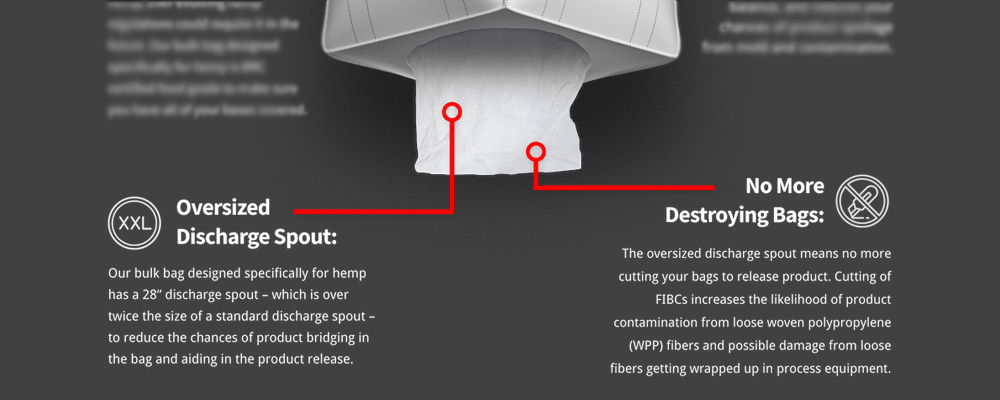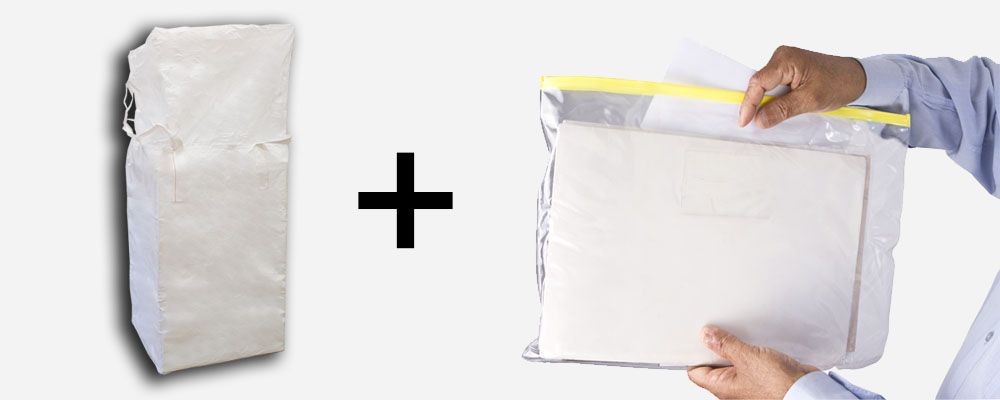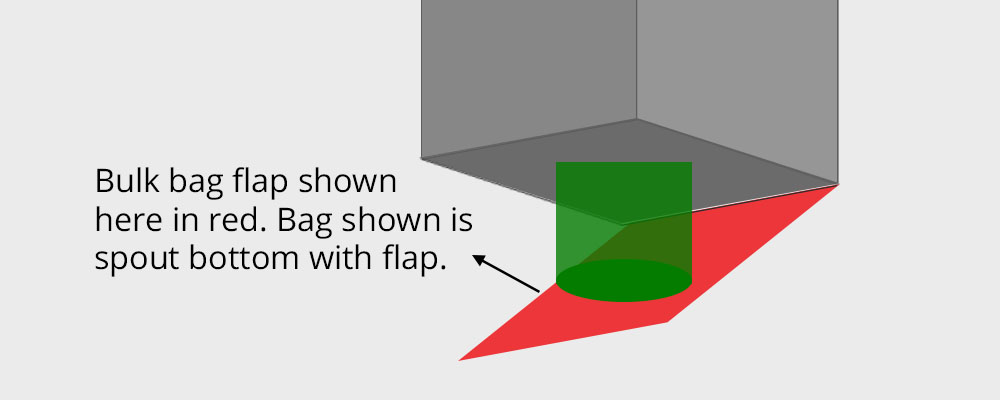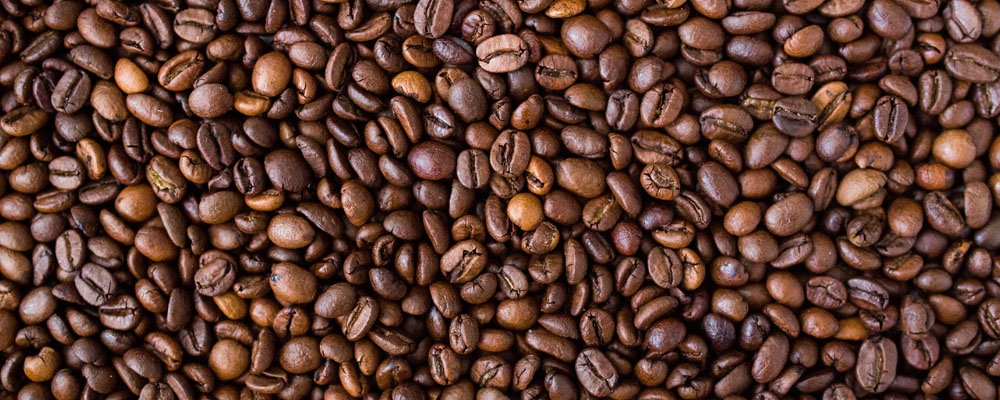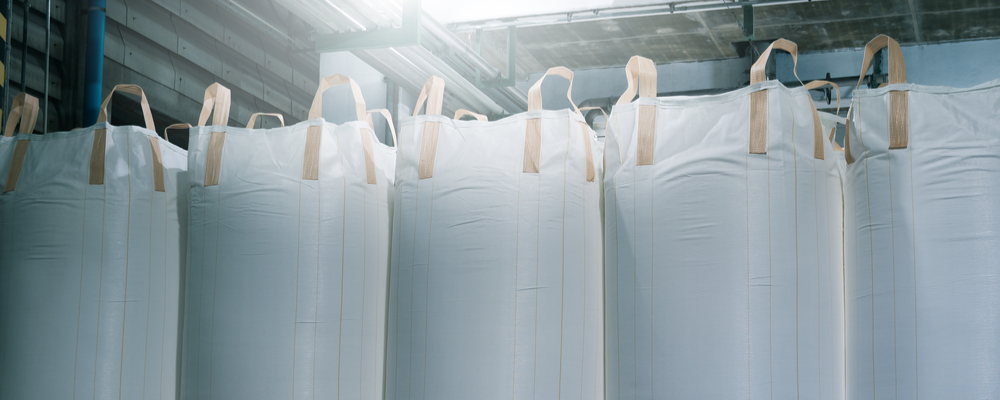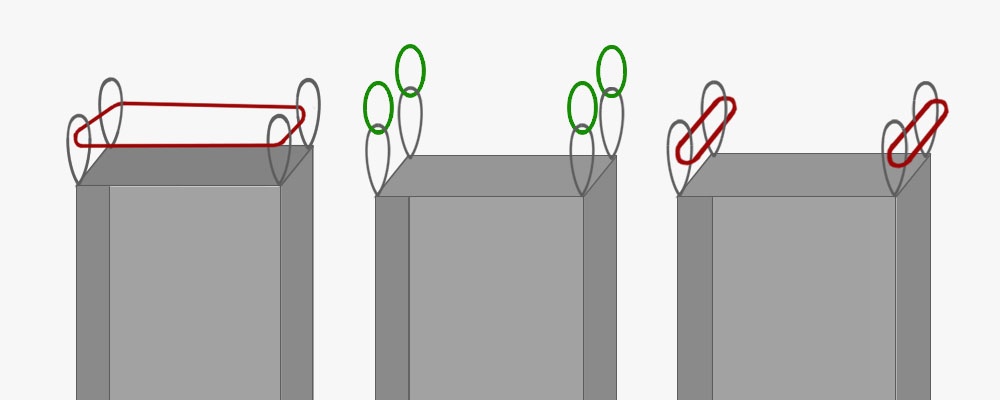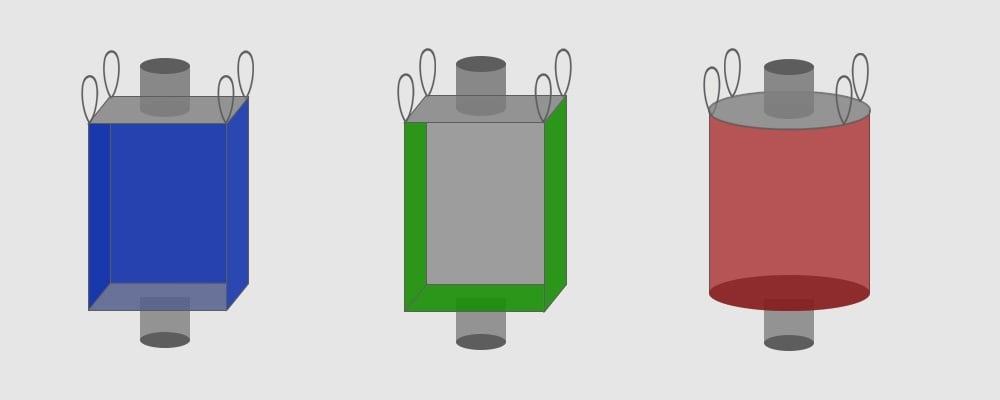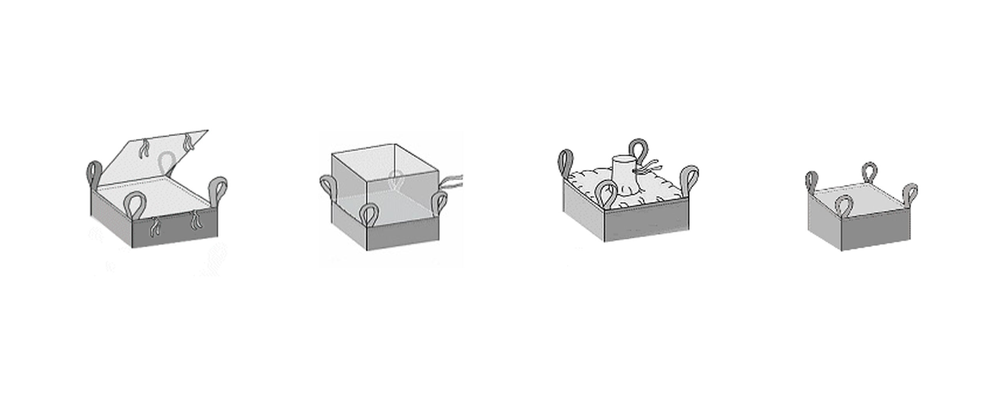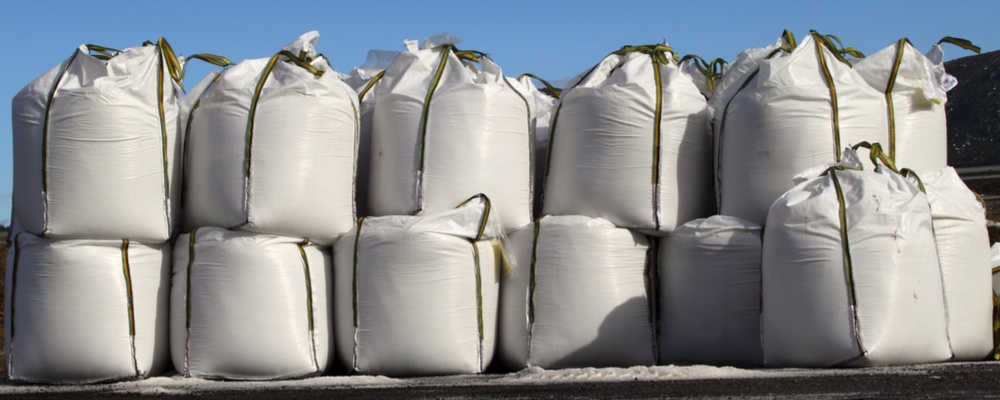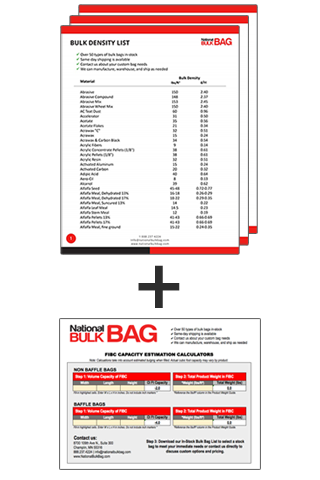If your company uses traditional baffled bags and wants to boost sustainability while cutting costs, it might be worth checking out some new FIBC solutions that offer eco-friendly benefits and long-term savings. This Hyperbolic™ baffle bag technology is transforming the storage and transport landscape with its innovative approach. Say goodbye to those extra internal seams and hello to enhanced efficiency and stability. Ready to learn more? Chat live now to see how these bags can work for you.
In the world of operations and material handling, efficiency and safety are paramount. This is especially true when dealing with the transportation and discharge of bulk materials. Here, we explore an innovative solution that has significantly transformed the landscape of material handling: the bulk bag remote discharge spout. Specifically designed for Flexible Intermediate Bulk Containers (FIBCs), these remote discharge systems prioritize operator safety while ensuring a seamless and complete discharge of materials.
Updated: 3-22-2022
FIBC Bulk bags come in many sizes, shapes, and materials. There are a wide range of customizations to consider when choosing the right bulk bag. The type of closure used to seal the bag is an important features because it can affect the integrity of the bag. There are many different types of bottom closures that can be customized to fit your application.
Updated: 3-8-2022
Bulk Bags are one of the most versatile bulk containers on the market. For the most part, no matter what product you are storing and/or transporting, there is a bag that fits your unique application.
We’ve covered FIBC construction extensively on this blog in the past, however, it’s been a while since we’ve specifically covered the types of construction as it relates to the way bulk bags are put together. This includes the seams, panels, and how they are sewn together.
In a recent article, we introduced one of the newest innovations emerging within the FIBC industry – flame-retardant bulk bags. These bags offer a number of benefits, including their high heat tolerance, flame resistance and compliance with government regulations. While these are valuable benefits, flame-retardant bags also offer a unique option – halogenation.
Continual growth of the bulk bag industry has led to new applications, products and industry use cases. In addition to innovative new products, evolution within the FIBC industry has resulted in improved solutions to old challenges and replacements to existing products.
In recent blog posts, we’ve discussed the ongoing innovations coming from overseas suppliers within the FIBC industry. As this trend towards innovation continues, new and existing users of FIBCs will benefit from better products and better solutions to unique application challenges.
The transport of sensitive materials, such as expensive raw materials to government-regulated substances, is a common occurrence for many bulk bag users. In many cases, these materials are entrusted to third party shipping companies. When entrusting sensitive materials to third party shippers, how can you be sure your materials are not tampered with? Further, how can you be confident that the materials arrive at their destination in the same condition in which they left?
The FIBC industry is continually evolving in response to the changing requirements of end users. As the industry evolves, so do the products offered by vendors. At National Bulk Bag, we are continually excited by the new and refined products entering the market. Many of these product innovations offer promising benefits for specific industries and use cases.
As new industries emerge, new opportunities emerge with them. Previously regulated industries like hemp and cannabis are suddenly open for business in the United States and have become large users of products like FIBC bulk bags. However, with these new opportunities have also come plenty of new challenges – especially inside industries that while legal, remain heavily regulated with guidelines and laws often being completely different state to state.
We talk a lot about FIBC construction on the NBB blog, and for good reason. With all the variations and combination of bags, it would be impressive if we ever get to the point where we’ve covered them all. Nonetheless we will continue our pursuit to make sure we talk about as many as we can no matter how obscure or specialized some may be. That brings us to bulk bag flaps. What are they? What do they do? Would they be a good fit for your product and/or application? Let’s discuss.
If you’ve done any research on flexible intermediate bulk containers outside of Nationalbulkbag.com you’ve probably run into some pretty bad information at some point or another. In general, the internet is rife with bad information, misconceptions, and downright lies. The bulk bag industry is no exception. UV stabilization in particular is one bag feature that has stuck out to us as a treasure trove of misinformation in the industry. Today, we attempt to set the record straight about UV stabilization. What does it mean? How does it impact use? Is it safe to store bags outside? Let’s explore.
At National Bulk Bag, we talk about FIBC construction a lot and for a good reason. The sheer volume of customization options available in the industry can be overwhelming. From coating options to top and bottom construction to vented sides, there are hundreds of possibilities and combinations of bag construction. This makes the topic a natural area to cover thoroughly on our blog. For most products and applications, a spout or flat bottom FIBC is the ideal bottom construction. However, what if your application requires faster discharge? Or a larger opening? For those situations we recommend a[...]
One critical question to ask yourself when considering purchasing flexible intermediate bulk containers is “how am I going to discharge this bag?” There are a variety of ways to discharge bags but not every method is a good fit for certain applications.
A lot of time is spent at National Bulk Bag answering questions from buyers. We get a ton of questions ranging anywhere from FIBC construction to specific questions about the many different applications of bulk bags. However, the specific question of “what are breathable bulk bags?” is of particular interest because it has many facets. It’s not as simple to say, “this bag is breathable and this one is not”. There are lots of things to consider that we will examine in this post.
Updated: 2-9-2023
Industry-specific vocabulary is often one of the biggest sources of confusion in any business. The bulk bag industry is no different. At National Bulk Bag, we get a ton of questions surrounding terminology (check out our blog post on all of the vocabulary in the bulk bag industry).
If you’re in the market for jumbo bags, there is a lot to consider. Top construction, bottom construction, baffles or no baffles, coating or non… the list goes on. However, one of the less considered types is construction. Bag construction refers to the way that the sheets of woven polypropylene are sewn/stitched together to form a bag. There are several different construction types and these types can have a big impact on the SWL (safe working load), industry applications, and safe handling of the bag.
FIBC bulk bags have proven to be effective for storing and transporting a variety of products and materials and have also gained a reputation for being a versatile bulk packaging option. One customizable feature of flexible intermediate bulk containersis the bag's top/filling option. With multiple top/filling options, bags can be customized to fit your specific application and operation.
Updated 4-29-2022
FIBC Bulk bags have proven to be effective for storing and transporting various products and materials and have also gained a reputation for being a versatile bulk packaging option. One customizable feature of flexible intermediate bulk containers that makes them a versatile bulk packaging solution is the top loop construction. With multiple loop construction options, bags can be customized to fit your specific application and operation.

